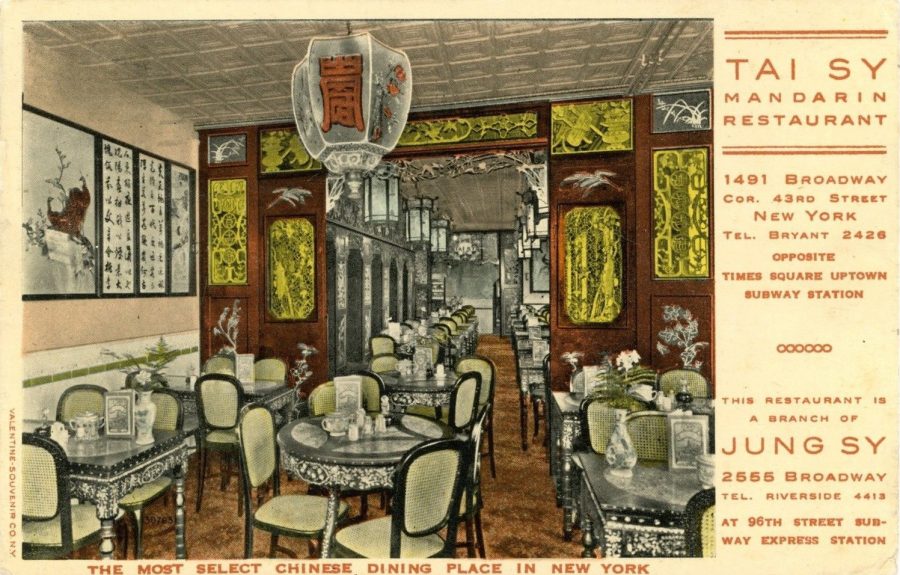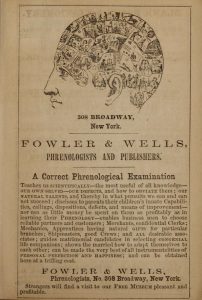Long Acre Square 1908 aka Times Square And The Man Who Named It

Fashionable ladies, trolleys, horse drawn vehicles and turn-of-the-century buildings abound in this picture of Long Acre Square otherwise known as Times Square.
This photograph looking south down Broadway from 45th Street is identified by the Library of Congress as Long Acre Square circa 1911. The date is close, only off by three years. At the end of the story we have a cropped high resolution version of the same scene and every detail is crystal clear.
Taking a closer look at the left side of the photograph we can see an ad for Richard Carle (1871-1941) in the musical comedy Mary’s Lamb in front of The New York Theatre. The show played from May 25 – September 5, 1908. Richard Carle not only starred, produced and staged Mary’s Lamb but wrote the book, music and lyrics! The amazing Carle would later appear in motion pictures acting in 45 films including Ninotchka, The Great McGinty and The Devil and Miss Jones
Next to the Mary’s Lamb advertising sign, is an advertisement for The Ziegfeld Follies, obviously of 1908, at the Jardin de Paris which ran from June 15 until September 4, 1908.
The Jardin De Paris, was part of the Olympia Theatre entertainment complex located at 1514-16 Broadway at 44th Street (opened November 25, 1895, demolished 1935). The Jardin de Paris was located on the roof of The New York Theatre.
Roof garden’s were popular around New York City at the turn of the century. There was no air conditioning in theaters so roof gardens gave audiences a chance to enjoy a show during the hot summer months out in the open air. The roof garden of The New York Theatre underwent many name changes depending on who was the manager of the theater. It was showman Florenz Ziegfeld who in 1907 renamed the space Jardin de Paris when he gave the evening’s entertainment a French atmosphere.
There is a small poster only visible in the high resolution photo, advertising Hattie Williams at The Criterion Theatre, also part of the Olympia complex. The Williams musical, Fluffy Ruffles, ran from September 7 – October 17, 1908.
Therefore this photo was taken in the summer of 1908.
On the corner of Broadway and 43rd Street we can see the signage and two buildings of the world famous Rector’s restaurant. Adjacent to Rector’s is the Hotel Cadillac. Behind the Hotel Cadillac, the tallest building visible is the Knickerbocker Hotel on 42nd Street. Much further in the distance almost looking like it is blocking Broadway’s continuation is Macy’s.
At the extreme right of the photo we can see a sliver of the New York Times Tower Building which gave Times Square the name it’s known by today.
Long Acre Square?
Previous to being called Times Square this area was known as Long Acre or Longacre Square. In London, Long Acre was the name of the area where the horse and carriage businesses were located. In the 1870s New York’s carriage trade had settled in the 42nd – 47th street area and New Yorkers began calling the area Long Acre Square after the London counterpart. The first mention of Long Acre Square found in print is an 1883 New York Sun advertisement for Barrett House a hotel, at 42nd Street and Broadway.
Besides the obvious: the New York Times moving to the area and building their headquarters there, how did Long Acre Square become Times Square? Continue reading →
 At Foley Square where the buildings house the local, state and federal government agencies.
At Foley Square where the buildings house the local, state and federal government agencies. Washington Square Park in Greenwich Village marks the beginning of Fifth Avenue. Continue reading
Washington Square Park in Greenwich Village marks the beginning of Fifth Avenue. Continue reading 












